Key workplace collaboration statistics and trends for 2026
- Hybrid is now the default, as most knowledge work now mixes home and office. WFH Research estimates that about one quarter of all paid workdays in the U.S. are done from home in 2025. Preferences match this. Gallup shows people with remote-capable jobs still prefer the hybrid model or remote work. Gen Z is the least likely to want fully remote, but they still want flexibility. In short, teams plan for mixed locations from the start.
- Meetings are getting smarter (thankfully!). During the big shift to remote work, it was easy to overbook. Now the trend is toward fewer, clearer, and more inclusive meetings. Microsoft’s 2025 data shows about 30% of meetings include people in different time zones, and meetings after 8 p.m. are up 16% year over year. To protect focus time, many companies are tightening agendas, shortening default lengths, and moving status updates to async notes. The “infinite workday” is real, so guardrails matter.
- AI is moving from helper to teammate. By mid-2024, Microsoft found that 75% of global knowledge workers were using AI, often before their companies set a formal plan. In 2025, Microsoft highlights “Frontier Firms,” early adopters that organize work around people plus AI. Their employees are far more likely to say their company is thriving (71% vs. ~37% globally) and able to take on more work (55% vs. ~20%). In daily collaboration, this looks like AI summarizing long threads, drafting follow-ups, and turning meeting notes into next steps.
- Employees want better, simpler tools — and real training. Even with heavy adoption, gaps remain. A global Zoom survey found 75% of employees say their remote or hybrid work software needs improvement, and 72% want new tech investment. The message is clear. Cut app switching, use a small set of connected tools, and teach people how to use them well, from running virtual workshops to documenting decisions.
Guide to workplace collaboration statistics
Workplace collaboration in a hybrid setting
Most people who can work remotely now split their week between home and the office. Gallup’s latest data shows that about half of remote-capable employees are hybrid, a little over a quarter are fully remote, and the rest are fully on site. Very few would choose to be in the office every day if they had a say. Flexibility is what people want, and employers know it.
By early 2025, about four in ten new U.S. job postings offered some remote option. Hybrid roles grew from single digits in 2023 to roughly a quarter of postings by 2025. Fully in-office postings fell from 83% to 66% during 2023 and kept trending down through 2024.
Many companies have built hybrid work into hiring and daily operations, but this shift changes how people work together.
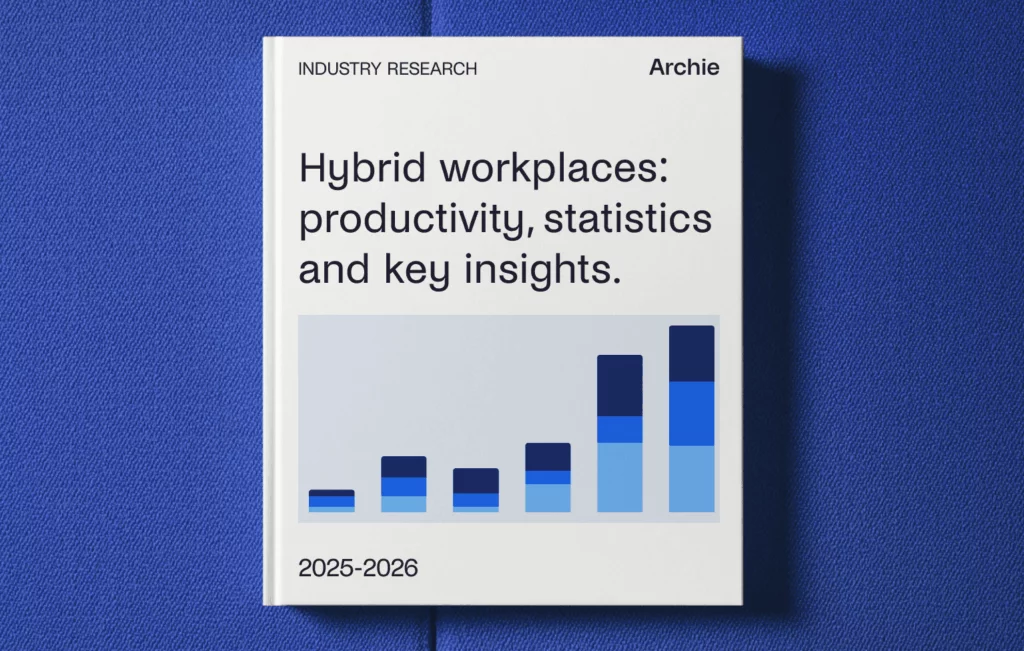
Challenges to collaboration in the workplace: statistics
Workplace collaboration is easier than ever to start, but harder than ever to manage:
1. A lot of the workday is spent reacting to messages and meetings
On average, people handle around 117 emails and 153 Teams messages on a weekday. Many are interrupted about every two minutes by a meeting, email, or chat. In 2024, knowledge workers spent about 60% of their time in email, chat, and meetings. That leaves less room for deep work and problem-solving.
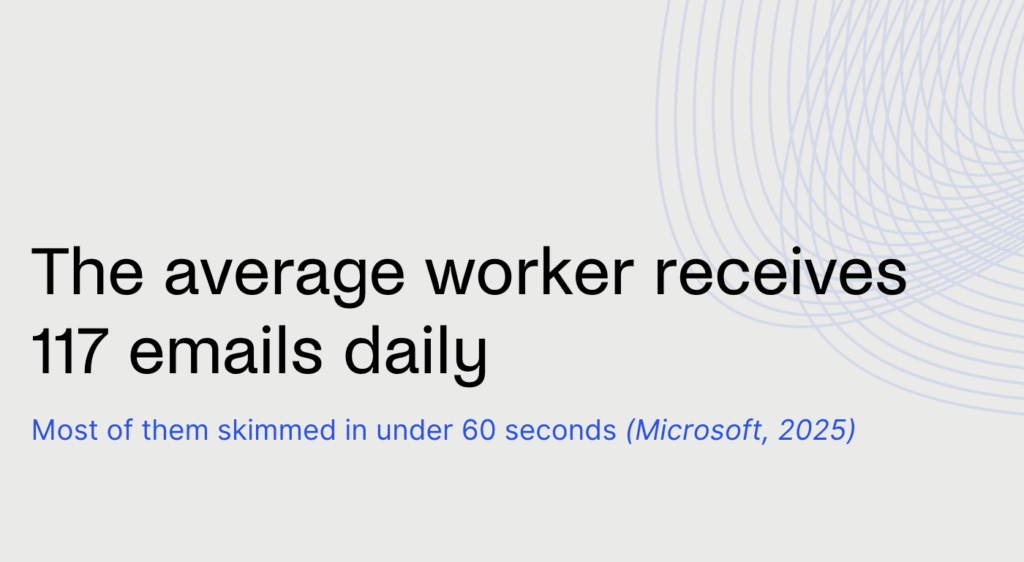
2. Work stretching into nights and across time zones
Global teams bring more late calls. Meetings after 8 p.m. are up 16% year over year, and about 30% of meetings now include multiple time zones. People also send 50 or more messages outside normal hours. Without clear norms, it starts to feel like an endless workday.
3. Companies use (too) many apps to collaborate
The average company now runs more than 100 apps, and that number keeps growing. More apps mean more context switching, more places where information can hide, and more security to manage. If you do not have a clear source of truth and good integrations, teamwork becomes choppy and slow.
4. Inclusion gaps in hybrid meetings
Hybrid meetings are better than they used to be, but they are not perfect. In 2024, 55% of employees still felt managers see in-office people as more hardworking and trustworthy than remote colleagues. On the practical side, 72% said meetings often start late due to tech issues, and about 70% struggled to see or hear everyone clearly. Poor room setups and weak facilitation can sideline remote teammates.
5. The pace and volume of work are hard to keep up with
In Microsoft’s survey, 68% said they struggle with the pace and volume of work, and 46% reported feeling burned out. Without clearer communication norms, smarter tooling, and protected focus time, collaboration turns into an always-on grind.
The importance of teamwork
Work today stretches across time zones, tools, and even human plus AI partnerships. When a team works well in this kind of setup, you see it in faster delivery, better results, and happier people.
The business case is clear. Gallup’s 2024 study of more than 183,000 teams found that highly engaged teams deliver about 23% higher profitability than low-engagement teams. They also keep people longer. In organizations with typically low turnover, poorly engaged units had 51% higher turnover than highly engaged ones. In short, teams that feel connected and clear on goals perform better and retain talent.
Teamwork matters more because work is more distributed. Microsoft’s 2025 Work Trend Index shows about 30% of meetings span multiple time zones, and late-night meetings are up 16% year over year. People also get pinged a lot during the day, roughly every couple of minutes. Good teamwork keeps that from becoming chaos. Shared plans, clear owners, and smart use of async updates help teams stay aligned without burning people out.
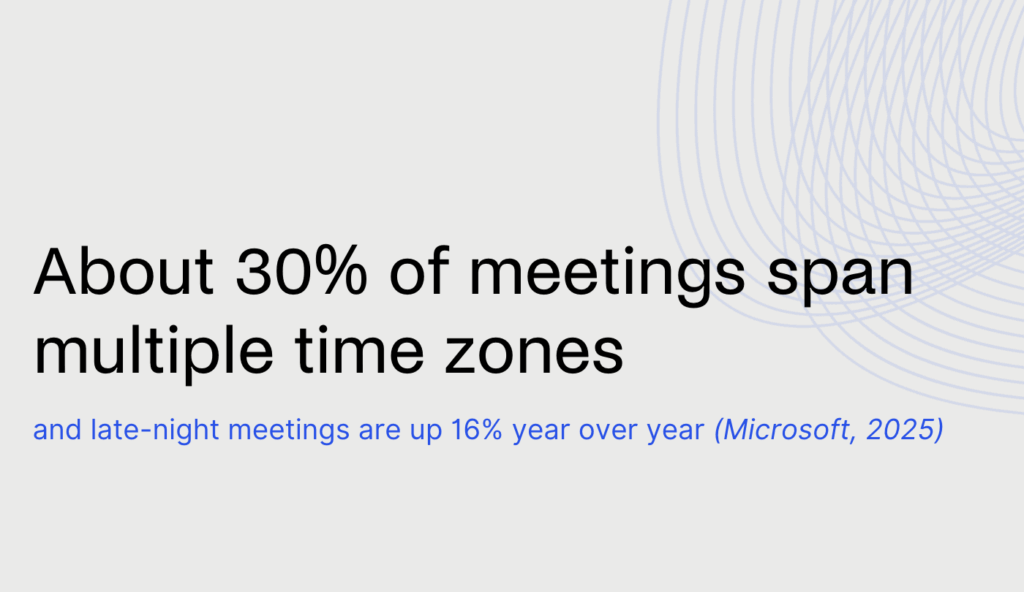
There is a human side, too. Connection at work supports wellbeing. Gallup reports that 1 in 5 employees worldwide feel lonely, with younger and fully remote workers feeling it most. Teams that build in regular touchpoints, run inclusive meetings, and follow up in writing make it easier for everyone to feel seen and contribute, wherever they are.
What good workplace collaboration looks like
- Making hybrid the default. Treat every project as hybrid from day one. Share plans, notes, and decisions in tools everyone can access, not just the people who were in the room. Keep discussions in open channels when you can so others can catch up later.
- Balancing async and live time. Use chat, comments, and shared docs for updates and decisions that do not need a meeting. When you do meet, be clear on the goal, keep it short, and write down outcomes and owners. This keeps everyone aligned, including teammates in other time zones.
- Running inclusive meetings. If one person is remote, design the meeting so everyone is equally included. Give remote teammates a fair voice, watch the chat, and make it easy to contribute. Teams do better when they set their hybrid policies together, because people see the rules as fair and helpful.
- Creating shared “collaboration anchors”. Plan regular touchpoints that build trust across locations, like weekly stand-ups, monthly retros, and occasional in-person days or off-sites for deeper work and team bonding.
- Writing things down. In hybrid teams, documentation is a superpower. Keep a living home for specs, decisions, and “how we work” guides. This reduces repeat questions, speeds up employee onboarding, and makes knowledge easy to find.
- Giving people real choice. Let teams pick which days to co-locate for work that benefits from being together, and give individuals control over their focus time the rest of the week. People value this balance, and companies that offer it find it easier to hire and keep great talent.
Teamwork and communication statistics
Hybrid teams don’t wait for a meeting to make progress. A lot of work now happens asynchronously in team chat threads, shared docs, and project tools that people check when it suits them.
You can see it in the data: the average Slack user sends about 92 messages a day, and across Slack, there are around 1.5 billion messages each week. Teams that adopt Slack also send about 32% fewer internal emails, which shows how much everyday conversation has moved from inboxes to chat.
The upside is speed and a searchable record. The downside is noise, so more teams set simple norms like focus status, tidy channels, and delayed send to protect deep work.
Workplace meetings statistics
When work moved online, it became very easy to book “one more” Zoom or Teams call, so calendars filled up fast. Microsoft’s data shows weekly meeting time rose about 252% and the number of weekly meetings grew about 153% compared to early 2020, which explains why “Zoom fatigue” became such a common complaint.
In response, many companies now use shorter default meetings, ask “could this be a message instead?”, set meeting-free blocks, record sessions, and use shared docs so routine updates do not need a live call. The overall shift is toward fewer, clearer, more inclusive meetings that are worth the time.
💡 Learn more about what meetings look like today →
Statistics on workplace collaboration and technology
Modern teamwork runs on workplace technology, and people want that software to work better together. In a global Zoom study, 75% of employees said their company’s remote or hybrid tools need improvement, and 72% said their organization needs to invest in new technology for flexible work. The basics work, but they are not smooth enough yet.
A big pain point is switching between too many apps. Workers want simpler, connected tools that reduce friction. Microsoft’s Work Trend Index shows why this matters. Seventy-five percent of global knowledge workers are already using AI at work, and 78% of those users are bringing their own AI because they cannot wait for official tools. Leaders see the potential, but many say their company still lacks a clear plan.
There is also a training gap. Microsoft reports that only 39% of people who use AI at work have received company training, and only 25% of companies plan to offer generative AI training this year. That helps explain why adoption numbers differ across studies. Slack’s Workforce Index found in mid-2024 that more than two-thirds of desk workers had not tried AI tools yet. People are interested, but they need help to use AI well and safely.
Luckily, vendors are adding features that cut everyday friction. Examples include AI meeting assistants that take notes and draft follow-ups, automatic meeting summaries inside chat apps, better search across files and messages so answers are easier to find, and advanced desk and room booking capabilities so people can find the right space and teams can plan smarter office days.
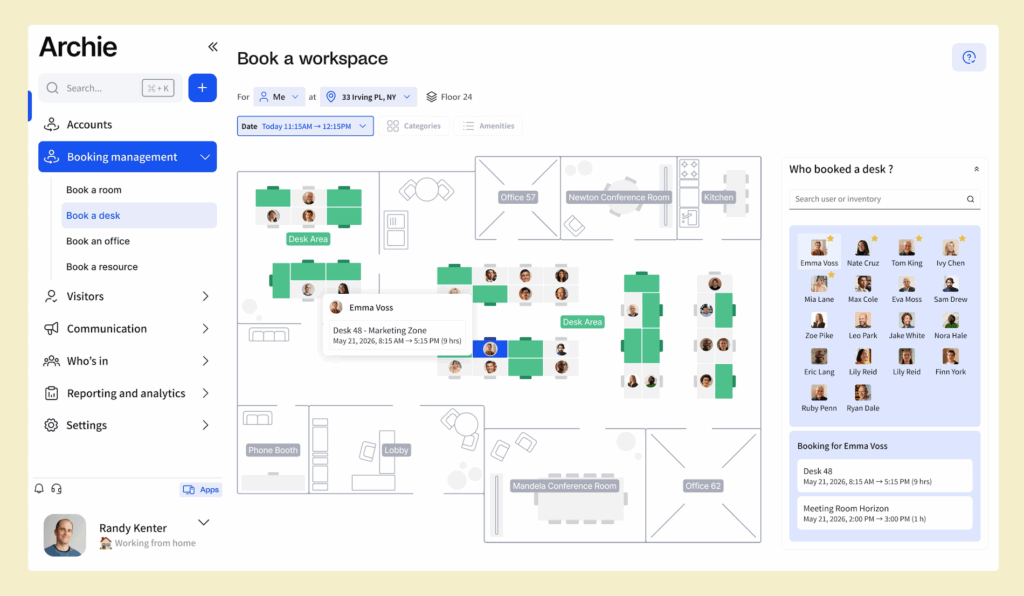
Team culture: what the numbers say
Team culture is under pressure, and employee engagement has cooled. Globally, only 21% of employees are engaged. In the U.S., engagement is 32% at mid-2025 after dipping to 30% in 2024. The basics of culture are shaky: 47% strongly agree they know what is expected of them, 31% feel their development is encouraged, 32% feel connected to the company’s purpose, and 28% feel their opinions count.
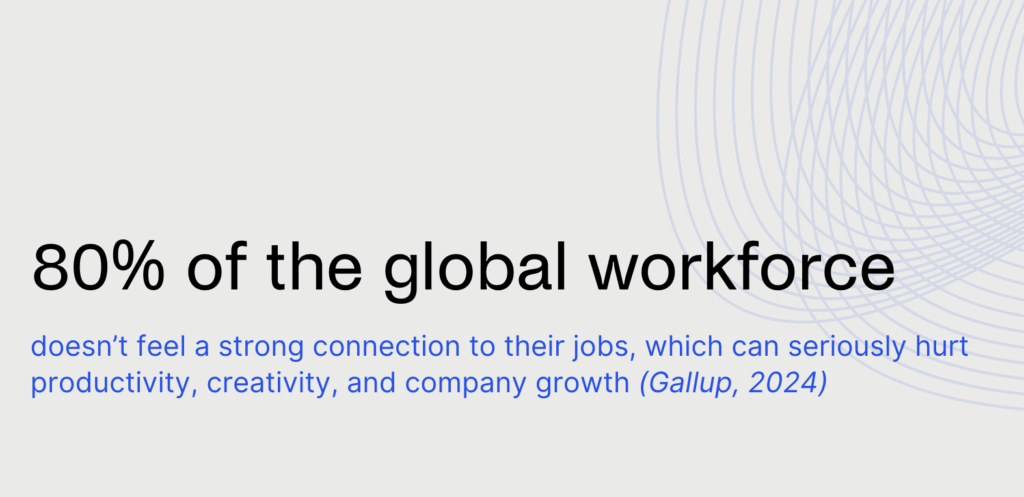
Trust is holding, but softening. In Edelman’s 2025 Trust Barometer, “my employer” remains one of the most trusted institutions at about 75% globally, but that is down 3 points year over year. There is also a 13-point trust gap between higher- and lower-income employees. People still trust their own company more than most institutions, but they are more skeptical than last year.
Connection is a pain point. In 2024, 1 in 5 employees said they felt lonely “a lot” the previous day. Location matters: loneliness was 25% for fully remote workers, 21% for hybrid, and 16% for on-site. The good news is that higher engagement reduces loneliness, so culture work pays off.
How we work is also shaping culture, for better and worse. Microsoft’s 2025 Work Trend Index shows that the digital workplace is noisy, and frequent interruptions add up to about 275 a day. Around 60% of meetings are ad hoc, and after-hours chats and late-night meetings are rising as teams work across time zones. No surprise that about half of workers say their work feels chaotic.
Human levers make the biggest difference. O.C. Tanner’s 2025 Global Culture Report finds that when organizations prioritize flexibility, skill-building, and career development, the odds of employees thriving jump sharply.
Strong, frequent recognition is tied to better mental-health outcomes, with an estimated $8,000 lower annual cost per U.S. employee with probable depression in companies that do recognition well. Organizations that practice emotionally intelligent leadership are also far more likely to have thriving cultures. The exact multiples come from their modeling, but the direction is clear: care, growth, recognition, and emotionally smart leadership strengthen culture.
Team culture definitely shows up in performance. Teams that feel clear, supported, and connected tend to execute faster, serve customers better, and stay longer. In simple terms, when people know what is expected, see a path to grow, feel heard, and get recognized, the work gets better, and employee productivity numbers follow.
Statistics on high-performing teams
Gallup looked at 183,806 teams across 53 industries and 90 countries, and found that teams in the top quarter for engagement outperformed teams in the bottom quarter with:
- about 23% higher profitability,
- around 18% higher productivity in sales,
- about 14% higher productivity on production measures,
- and roughly 10% higher customer loyalty.
They also saw fewer problems: less absenteeism, lower turnover, fewer safety incidents, and fewer defects, alongside higher well-being and more people pitching in beyond their job description.
A big reason some teams consistently win is the manager. Gallup also finds that the quality of management explains about 70% of the differences in team engagement. In other words, two teams in the same company can perform very differently depending on how they are led. Great managers keep expectations clear, coach regularly, recognize good work, and help people use their strengths in the right roles.
Hybrid work adds another layer. The best hybrid teams write down a simple “team charter” that says how they work together. It covers basics like when to use chat versus a meeting, how decisions are documented, and how to include remote colleagues so everyone has a fair voice. Gallup’s guidance shows that teams with a clear hybrid plan report better collaboration and higher engagement.
Do you have one?
What are the latest statistics on collaboration in the workplace?
🏢 Workplace collaboration in a hybrid setting
- About half of remote-capable employees are hybrid.
- A little over a quarter are fully remote.
- The rest are fully on-site.
- Very few would choose to be in the office every day if they had a say.
- By early 2025, about four in ten new U.S. job postings offered some remote option (about 40%).
- Hybrid roles grew from single digits in 2023 to roughly a quarter of postings by 2025 (about 25%).
- Fully in-office postings fell from 83% to 66% during 2023 and kept trending down through 2024.
⚠️ Challenges to workplace collaboration
- Around 117 emails per person per weekday.
- Around 153 Microsoft Teams messages per person per weekday.
- People are interrupted roughly every two minutes by a meeting, email, or chat.
- In 2024, knowledge workers spent about 60% of their time in email, chat, and meetings.
- Meetings after 8 p.m. are up 16% year over year.
- About 30% of meetings include multiple time zones.
- People send 50 or more messages outside normal hours.
- The average company runs more than 100 apps, and the number is still growing.
- 55% of employees in 2024 felt managers viewed in-office people as more hardworking and trustworthy than remote colleagues.
- 72% said meetings often start late due to tech issues.
- About 70% struggled to see or hear everyone clearly.
- 68% said they struggle with the pace and volume of work.
- 46% reported feeling burned out.
🤝 The importance of teamwork
- Highly engaged teams deliver about 23% higher profitability than low-engagement teams.
- In low-turnover environments, poorly engaged units had 51% higher turnover than highly engaged ones.
- About 30% of meetings span multiple time zones.
- Late-night meetings are up 16% year over year.
- People get pinged roughly every couple of minutes during the day.
- 1 in 5 employees worldwide feel lonely.
- Loneliness by work location: 25% fully remote, 21% hybrid, 16% on-site.
💬 Teamwork and communication statistics
- The average Slack user sends about 92 messages a day.
- Around 1.5 billion Slack messages are sent each week.
- Teams that adopt Slack send about 32% fewer internal emails.
📅 Workplace meetings statistics
- Weekly meeting time rose by about 252% compared to early 2020.
- The number of weekly meetings grew by about 153% compared to early 2020.
🛠️ Workplace collaboration and technology
- 75% of employees say their company’s remote or hybrid tools need improvement.
- 72% say their organization needs to invest in new technology for flexible work.
- 75% of global knowledge workers use AI at work.
- 78% of those AI users are bringing their own AI tools.
- Only 39% of people who use AI at work have received company training.
- Only 25% of companies plan to offer generative AI training this year.
- More than two-thirds of desk workers had not tried AI tools by mid-2024.
🌱 Team culture statistics
- Global employee engagement: 21%.
- U.S. employee engagement: 32% at mid-2025, after 30% in 2024.
- Culture basics: 47% strongly agree they know what is expected; 31% feel their development is encouraged; 32% feel connected to purpose; 28% feel their opinions count.
- Trust in “my employer”: about 75% globally, down 3 points year over year; 13-point trust gap between higher- and lower-income employees.
- Loneliness: 1 in 5 employees felt lonely “a lot” the previous day; by location 25% fully remote, 21% hybrid, 16% on site.
- Digital noise: about 275 interruptions per day; around 60% of meetings are ad hoc; after-hours chats and late-night meetings are rising.
- About half of workers say their work feels chaotic.
- Mental health and recognition: an estimated $8,000 lower annual cost per U.S. employee with probable depression in companies that do recognition well.
📈 High-performing teams statistics
- Top-quartile engagement vs bottom-quartile:
- About 23% higher profitability.
- Around 18% higher productivity in sales.
- About 14% higher productivity on production measures.
- Roughly 10% higher customer loyalty.
- Management impact: About 70% of the differences in team engagement are explained by the quality of the manager.
Sources
- Measuring Work from Home, Buckman, Barrero, Bloom, Davis. WFH Research working paper, 2025.
- Global Indicator: Hybrid Work, Gallup, 2025.
- Breaking down the infinite workday (Work Trend Index Special Report), Microsoft WorkLab, 2025.
- Businesses at Work 2025, Okta, 2025.
- State of Hybrid Work 2024, Owl Labs, 2024.
- Work Trend Index 2025: The year the Frontier Firm is born, Microsoft WorkLab, 2025.
- AI at Work Is Here. Now Comes the Hard Part, Microsoft WorkLab, 2024.
- Navigating the Future of Work, Zoom global survey, 2025.
- Remote Work Statistics and Trends for 2025, Robert Half, 2025
- Slack Statistics 2025: Daily Active Users, Enterprise Trends, etc., SQ Magazine, 2025.
- State of the Global Workplace, Gallup, 2025.
- 2025 Edelman Trust Barometer, Edelman, 2025.
- 1 in 5 Employees Worldwide Feel Lonely, Gallup, 2024.

Berenika Teter
Archie's Content Manager, fueled by filter coffee and a love for remote work. When she’s not writing about coworking spaces and hybrid workplaces, you can probably find her exploring one.
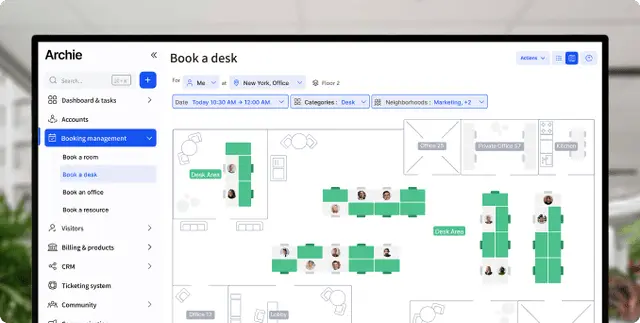
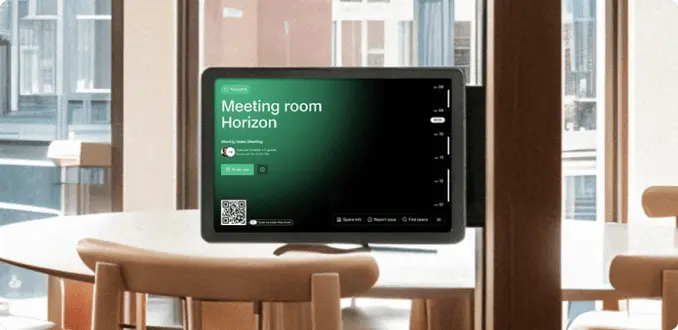

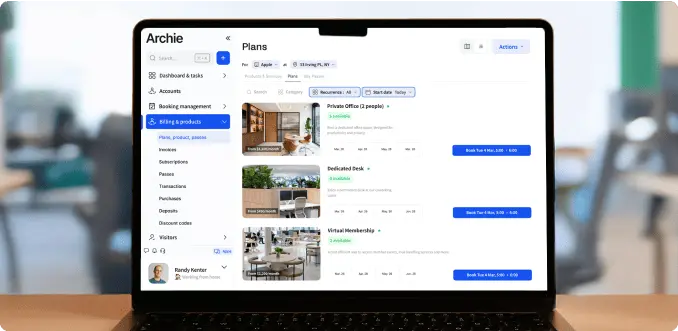
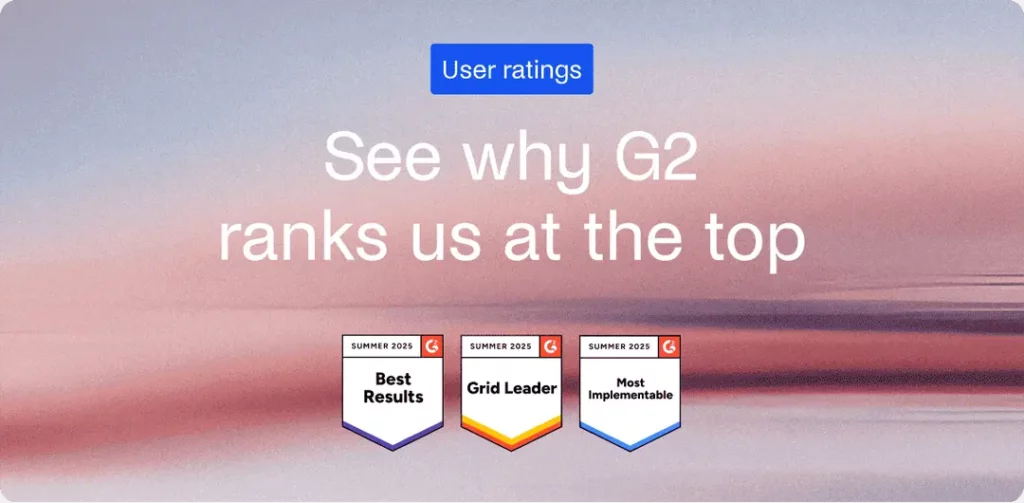
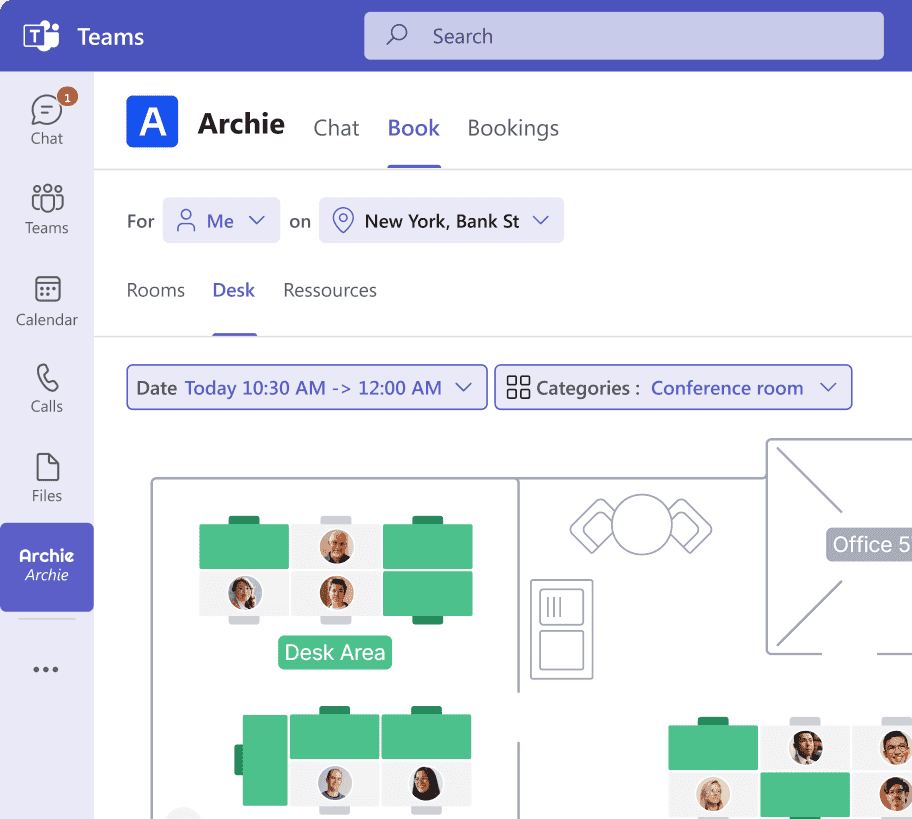
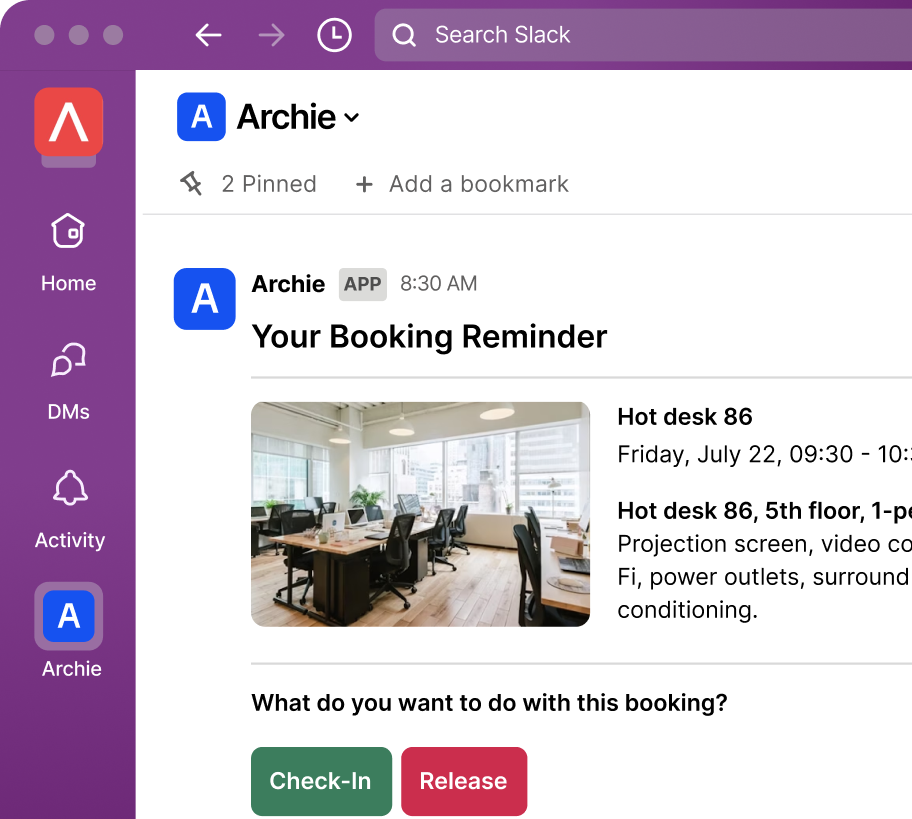
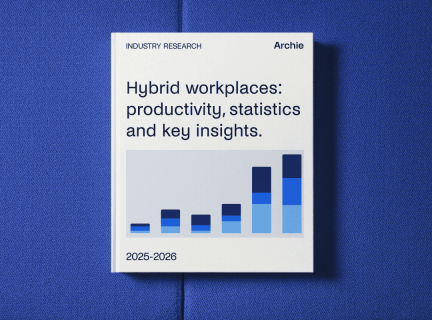
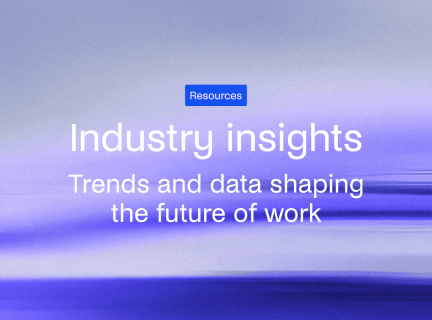
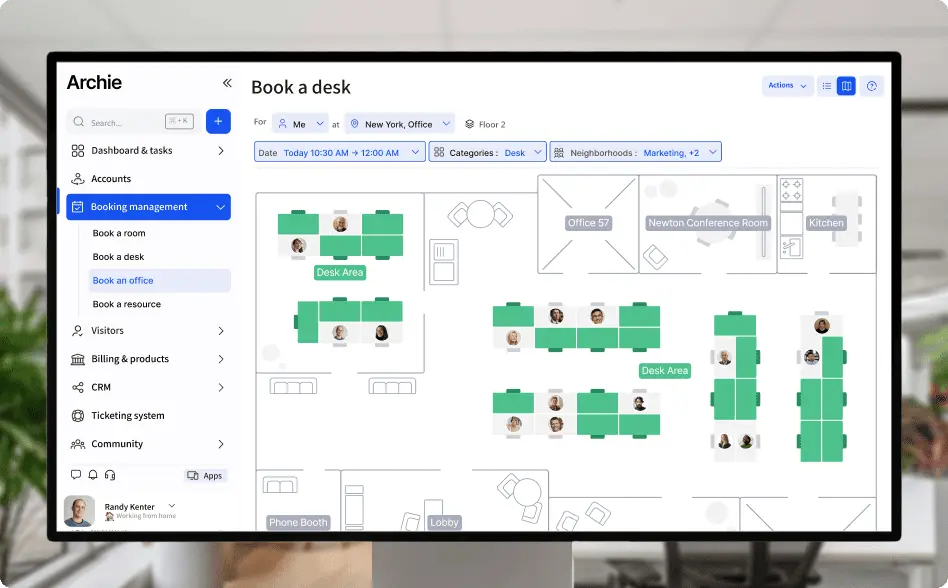
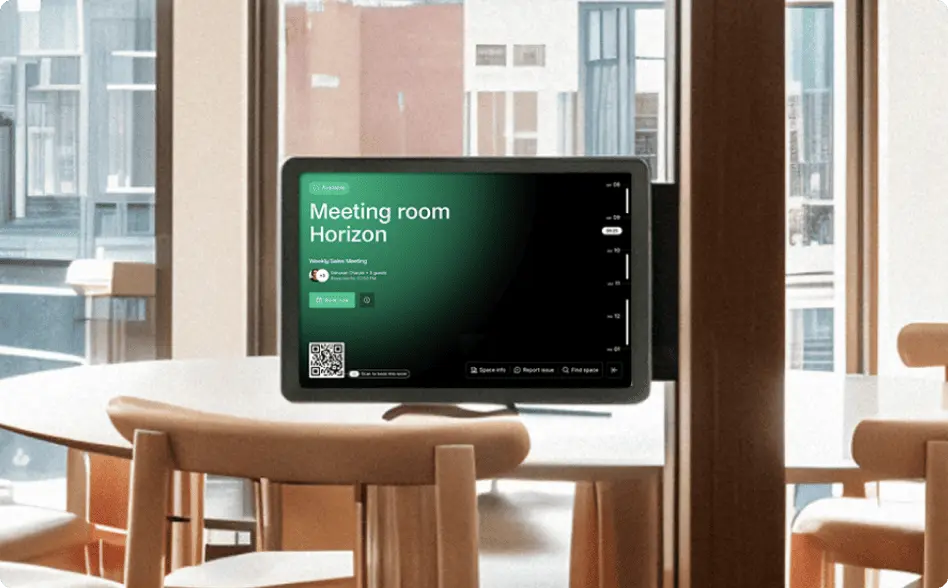
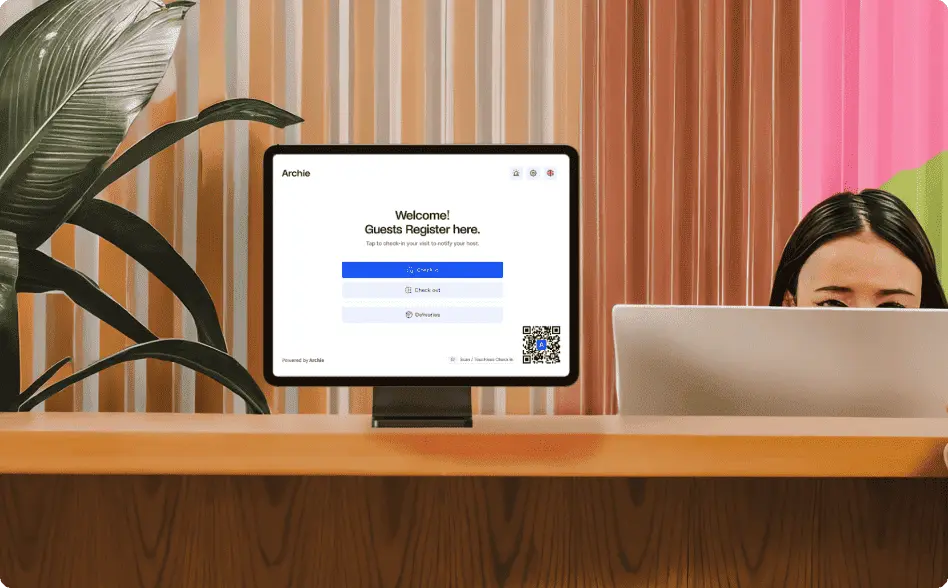
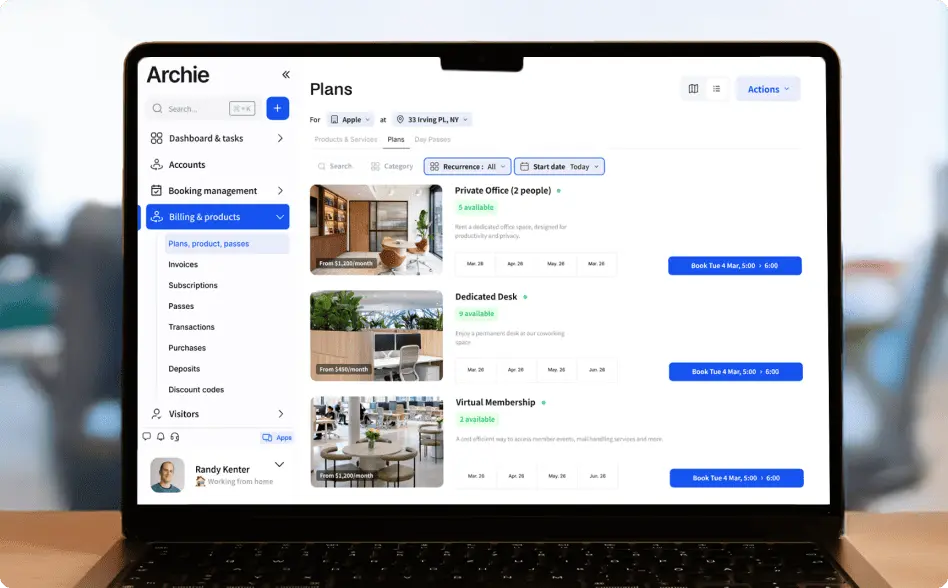

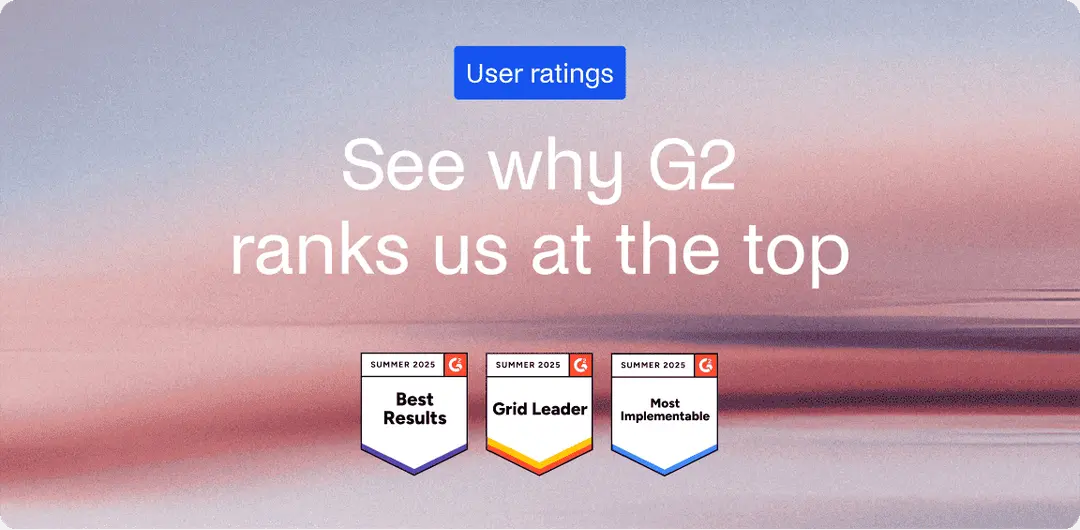
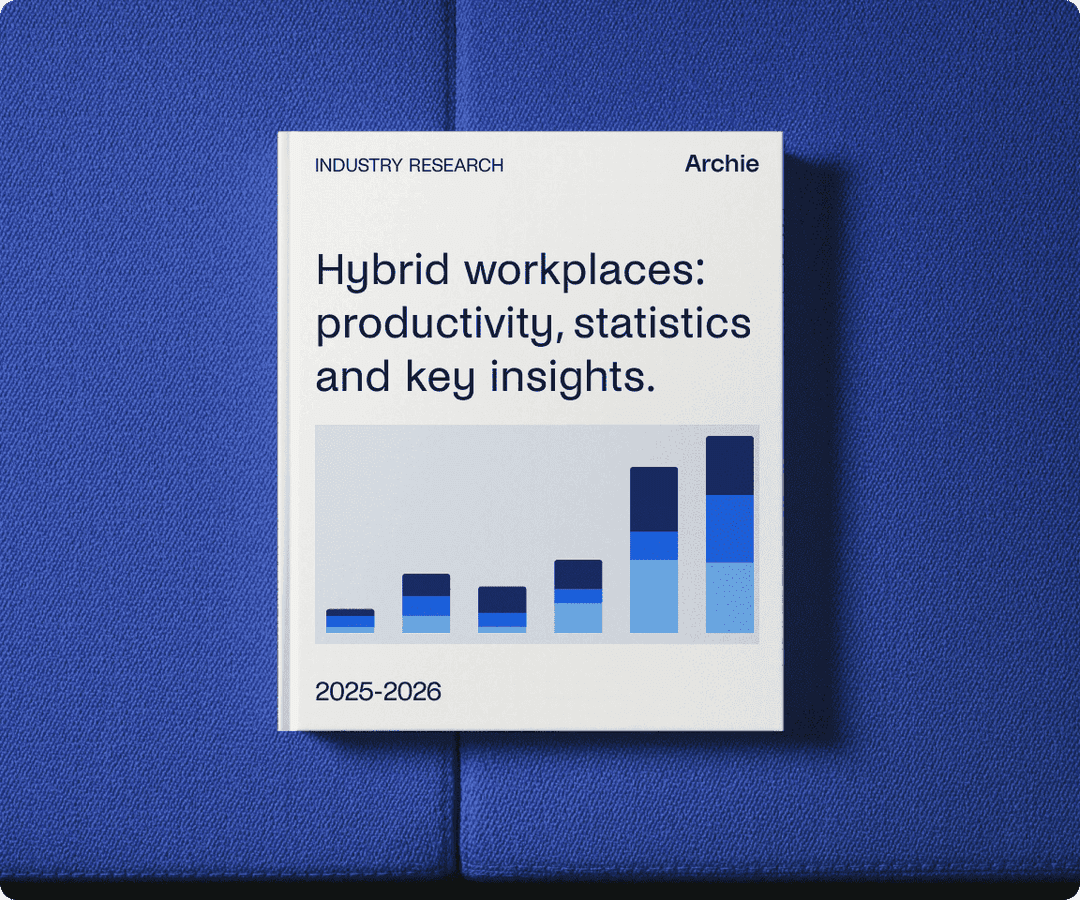
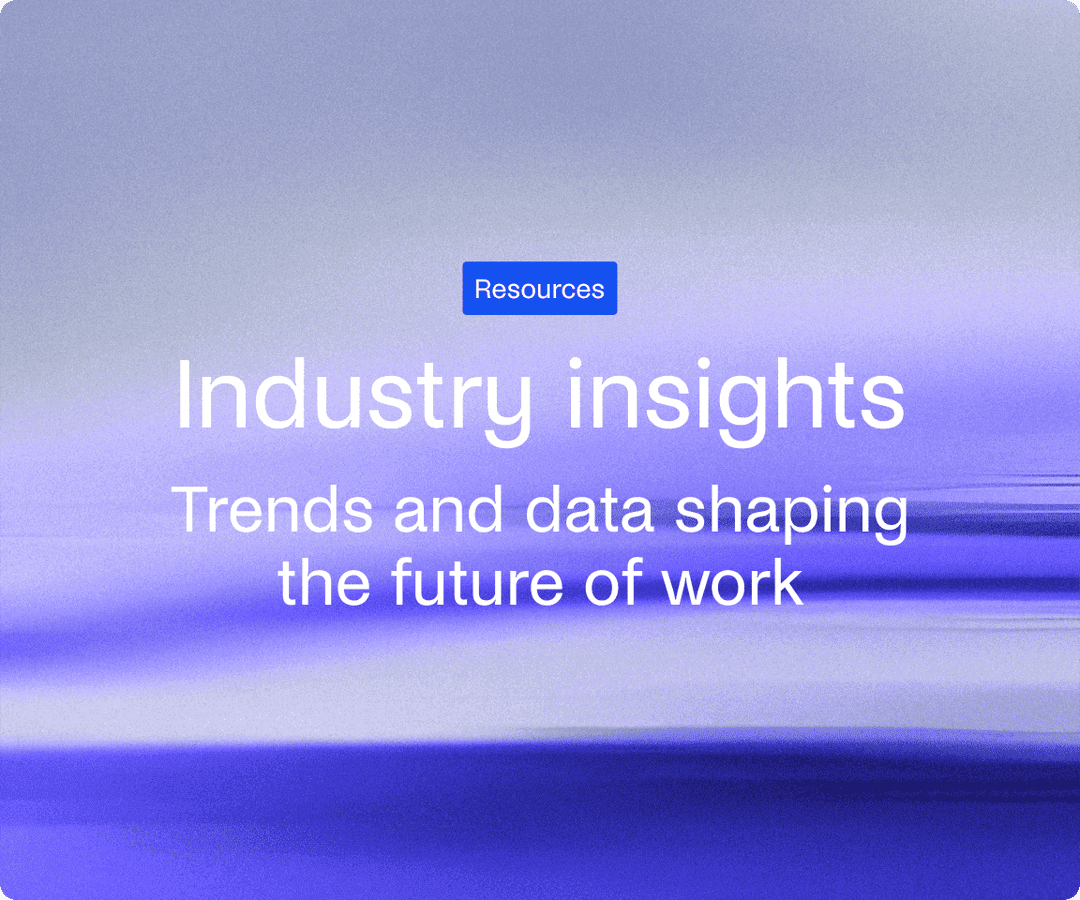

![The Latest Coworking Statistics & Industry Trends [2026] A cozy coworking space with wooden walls, warm lighting, and a large map of South America.](https://archieapp.co/blog/wp-content/uploads/2025/08/Latest-coworking-statistics-cover-image-400x400.jpg)
![RTO: Return-To-Office Statistics, Research & Trends [2026] Modern meeting room with large windows, a wooden conference table, pink chairs, and industrial-style ceiling lighting.](https://archieapp.co/blog/wp-content/uploads/2025/04/RTO-statistics-cover-image-400x400.png)

